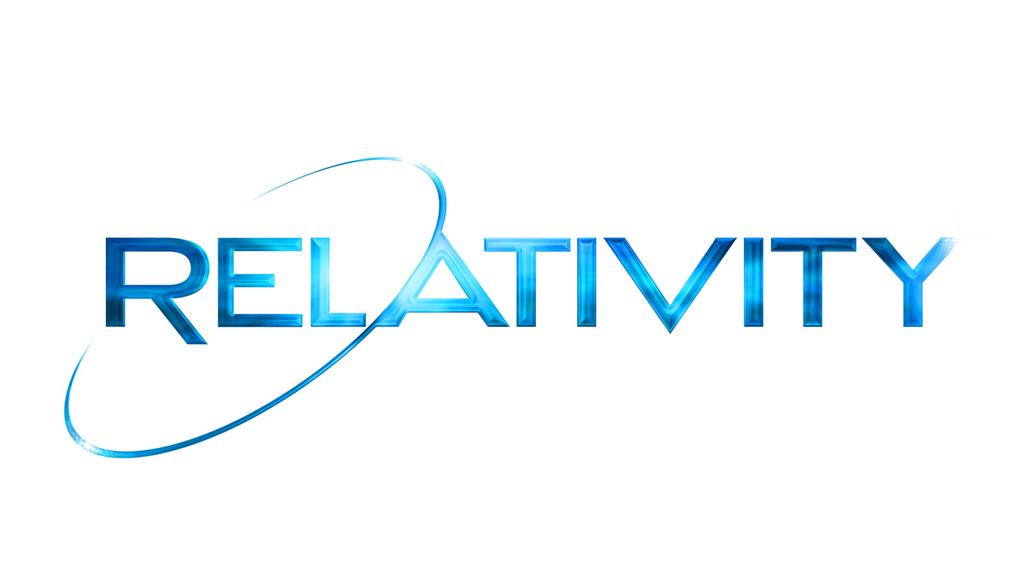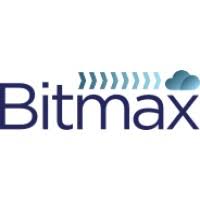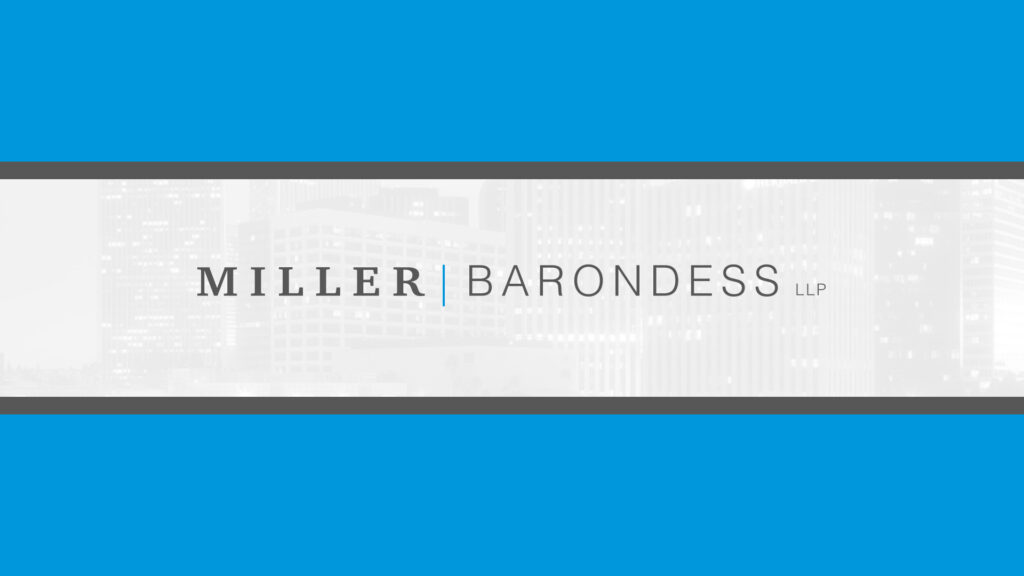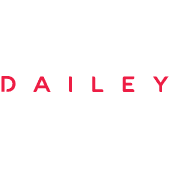Fed Rate Cuts Spark Shifts in CRE Financing: What to Expect Next
Insights from NAI Capital Finance on Mortgage Rates, Market Reactions, and Strategic Moves for Borrowers
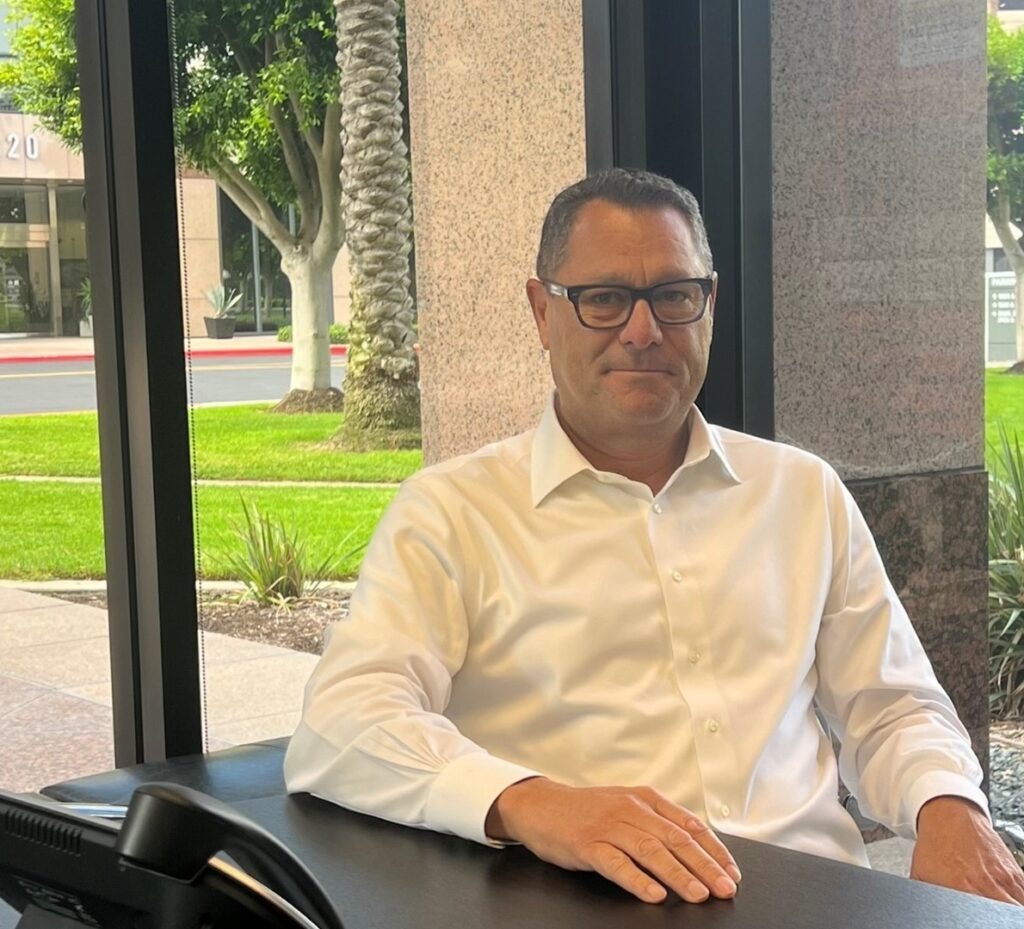
In light of the Federal Reserve’s recent rate cuts, the commercial real estate (CRE) market is bracing for notable shifts in financing and investment strategies. To better understand the potential effects on mortgage rates, refinancing demand, and acquisition opportunities, I reached out to Thomas Preston, Senior Managing Director and Head of our Capital Markets group at NAI Capital Finance. In this Q&A, Thomas offers his insights on how the Fed’s actions may shape the CRE landscape in the coming months, and what borrowers and investors should consider as they navigate this evolving environment.
How do you expect the Fed’s recent rate cut to affect mortgage rates for financing commercial real estate acquisitions in the coming months? What impact do you think the additional rate cuts planned by the Fed will have on mortgage rates?
Most CRE loans are indexed to the corresponding U.S. Treasury (UST) yields, such as the 5- and 10-year yields. The recent rate cut primarily impacted the Prime Rate and SOFR, which are widely used for variable-rate loans, making this good news for borrowers with those types of debt. However, future rate cuts signal a weakening economy, which is a double-edged sword. The expectation is to revive latent residential and commercial debt markets.
Are you already seeing a response in commercial real estate mortgage rates inching down after the Fed’s announcement? How far do you anticipate rates will drop, and what factors could either drive them further down or prevent further decline?
There is some confusion among borrowers about how rate cuts affect their loans. Many assume there’s a direct correlation between a Fed Funds cut and mortgage interest rates. On a macro level, people hear “rate cut” and respond with refinance or acquisition inquiries. I think monetary policy is predictable, with economists speculating about future moves. Fiscal policy is more nuanced but plays an important role in interest rate futures. Taxation, for instance, is a major consideration when deciding to sell or invest in assets.
How has the recent drop in mortgage rates affected demand for refinancing and commercial real estate purchases? Have you noticed a significant increase in refinancing applications or new borrowers entering the market?
For owner-user buyers, the rates are very favorable, and I would recommend exploring purchasing a building soon. The consensus is that rates will remain favorable going into 2025. Investor real estate borrowers are starting to return, though in some cases, the cost of debt still exceeds CAP rates. Loan volume hasn’t been significant yet, but we’ll likely have a clearer view post-election.
With rates at their lowest since early 2023, is now a good time for buyers to lock in rates, or should they wait for potential further decreases? How might rate volatility play out over the next several months, and what should buyers keep in mind when deciding?
This is everyone’s favorite question. It depends on the opportunity—how tight is supply, and can you afford to wait? If rates drop further, it could create more buyers and drive-up prices. Investors have different strategies, so deciding whether to act now or wait depends on their expectations. For example, what would a 0.50 bps rate reduction do to your monthly payment, and how does that compare to a 2-3% price increase? I’d suggest making an aggressive offer to a seller—you never know their true motivation.
What advice would you give borrowers considering refinancing now versus waiting for additional Fed rate cuts later this year? Is there a specific rate threshold at which refinancing becomes more advantageous?
For borrowers facing maturity, there’s no choice but to refinance. However, if borrowers believe rates will decrease further, they could consider variable-rate debt. Most borrowers shy away from uncertainty, so fixed-rate debt is still preferred. If there’s no immediate need to refinance, waiting a few more months may make sense. Investors always watch fixed-income markets to plot their strategy. I expect a strong 2025 as low-interest-rate loans originated during Covid mature, rates continue to soften, and acquisition velocity picks up.
How might the Fed’s rate cuts influence long-term fixed mortgage products compared to variable-rate mortgages for commercial real estate? Should borrowers be more inclined to consider adjustable-rate financing in this environment?
The most popular terms in recent years have been 3- or 5-year fixed rates, with many assuming rates would come down. With an inverted yield curve, that strategy allowed for quicker, less expensive exits. I think people are now waiting to see if debt becomes cheaper next year.
Do you believe the Fed’s decision will significantly impact commercial real estate values, particularly as prices for some asset classes, like office buildings, have declined while others remain elevated? How should potential borrowers navigate the current landscape of lower mortgage rates and varying price trends?
The Fed plays an important role in monetary policy, which is highly visible to property owners. However, unemployment, inflation, and geopolitical events also influence consumer confidence, even in a favorable rate environment. Banks and institutional lenders still face challenges in resolving the office space crisis—it is a crisis. Balance sheets are under pressure with limited solutions for half-empty office towers. Aside from these “Black Swan” office buildings, commercial real estate is in good health. Retail has rebounded, industrial remains strong despite mild value adjustments, multifamily is highly sought after, and construction remains active despite higher borrowing rates. Investment sales professionals will need to adjust as monetary and fiscal policies continue to evolve.
As we navigate the impacts of the Fed’s recent rate cuts, it’s clear that the commercial real estate landscape is changing, with both challenges and opportunities ahead. Borrowers and investors must remain flexible and proactive in their strategies, carefully weighing the timing of their financing decisions against broader market trends. With the Fed’s upcoming meetings in November and December being pivotal for the market outlook, 2025 could present significant potential for growth as rates continue to soften and acquisition activity increases. NAI Capital Finance will continue to closely monitor these changes, providing the insights needed to make informed, strategic decisions in this dynamic market.















